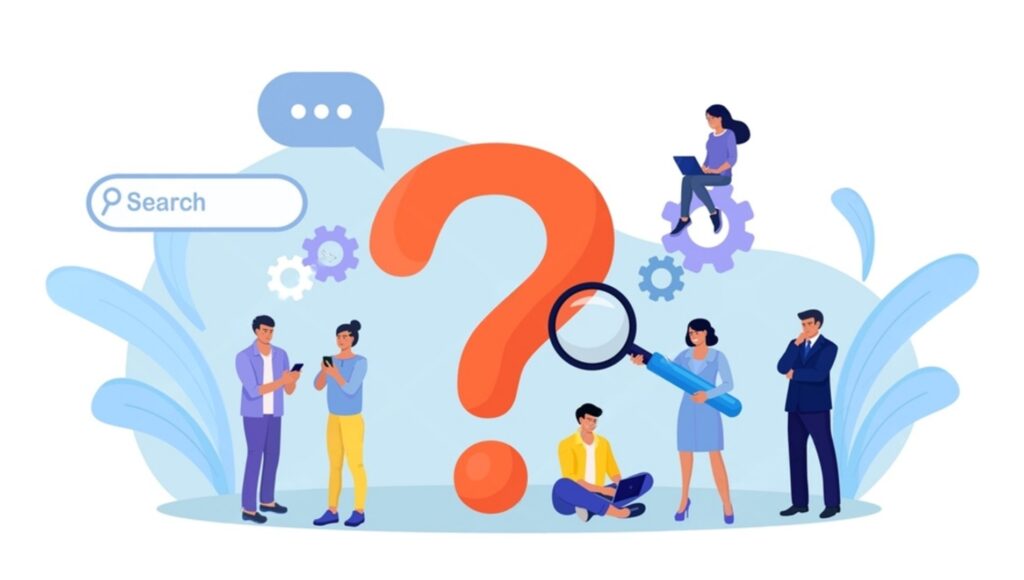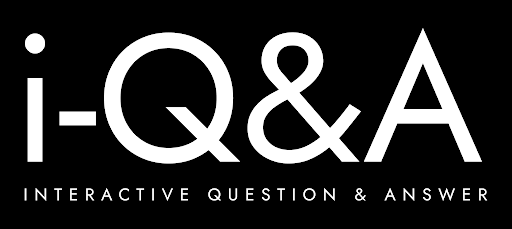
Have you ever landed on an FAQ page and left more confused than when you arrived? You’re not alone. When done poorly, FAQ pages feel like a disorganised dumping ground of repetitive or irrelevant questions. But when done right, they become one of the most useful parts of your website—for your customers, your support team, and your bottom line.
At i-Q&A, we help businesses build experiences that answer questions before they’re asked. And your FAQ page plays a big role in that. Below, we’ll show you how to structure an FAQ page that’s helpful, clear, and optimised for real business outcomes—without sounding robotic or overwhelming.
Why Your FAQ Page Deserves Attention?
Before diving into structure, it’s worth understanding why an FAQ page isn’t just a box to tick.
1. It Improves Customer Experience
According to industry research, over 80% of customers prefer to resolve issues themselves before reaching out to support. A helpful FAQ gives them quick answers without the need to wait on hold, trawl through documentation, or repeat themselves via live chat.
That clarity and convenience builds trust. It shows you respect your customer’s time and understand what they’re trying to do.
2. It Reduces the Load on Your Support Team
If your support inbox is full of repeat questions—”Where’s my order?”, “Can I reset my password?”, “What’s your return policy?”—your FAQ page probably isn’t doing enough. A well-organised page answers those common questions once, freeing up your team to focus on solving more complex problems.
3. It Supports Conversions
A great FAQ removes hesitation from potential customers. Whether someone’s unsure about your refund policy, delivery timeframes, or data security, resolving that doubt quickly can be the difference between an abandoned cart and a confirmed sale.
4. It Helps with SEO
FAQ pages are rich in question-based keywords—perfect for capturing long-tail search queries. When structured with care (using clear HTML headings and schema markup), FAQs can appear directly in Google’s featured snippets, bringing in organic traffic and improving your visibility.
How to Structure Your FAQ Page: A Step-by-Step Guide
Let’s break down how to design an FAQ page that’s easy to use, search-friendly, and genuinely helpful.
Step 1: Start with Real Customer Questions
The best FAQs don’t come from your marketing team—they come from your customers.
Use real data to find out what people are asking:
- Live chat logs
- Customer service tickets
- Comments on social media
- Queries through Google Search Console
- Tools like AnswerThePublic or Semrush
Avoid guessing or padding the page with filler. If nobody has ever asked it, it probably doesn’t belong.
Step 2: Group Questions by Category
Avoid long, unstructured lists of random questions. Instead, group your content into clearly labelled categories that reflect your customer journey or common areas of concern. For example:
- Orders and Delivery
- Returns and Refunds
- Billing and Payments
- Product Setup
- Security and Privacy
Each group should be introduced with a short heading, and ideally include collapsible sections so users can skim or dive deeper as needed.
Step 3: Write Simple, Straightforward Answers
Every answer should be:
- Written in clear, plain language
- Free from jargon or internal terms
- Around 100 words or fewer (unless complexity demands more)
- Punctuated with links to detailed articles or help guides
- Friendly, without being overly casual
Start with a direct answer, then add any necessary detail. If a screenshot, GIF, or video would make it easier, use one. Visuals often reduce confusion better than a paragraph of text ever could.
Step 4: Prioritise the Most Common Questions
Put your most-viewed, most-asked, or most-deal-breaking questions at the top. This isn’t just helpful—it’s strategic.
Analyse:
- Your most common support queries
- Drop-off points in the sales funnel
- Pages or steps where customers typically hesitate
Create a “Most Popular FAQs” section if needed, and keep it updated as trends shift.
Step 5: Link to Helpful Pages
Your FAQ shouldn’t exist in isolation.
Use links within your answers to direct users to relevant resources such as:
- Product or service pages
- Shipping and returns policies
- Setup or onboarding tutorials
- Live demo bookings
Avoid generic “Click here” links. Instead, write meaningful anchor text like “See our delivery times by region” or “Read our full refund policy”. This helps with both usability and SEO.
Step 6: Make It Easy to Find
Your FAQ page should never feel hidden.
Make sure it’s linked from:
- Your website’s top navigation
- The footer on every page
- Your contact and support pages
- Email footers or automated replies
- Chatbot menus and customer portals
It should be no more than two clicks from any major area of your website.
Step 7: Design for Mobile First
More than half of all browsing happens on a mobile device, so don’t make users pinch and zoom to read answers.
Mobile FAQ best practices include:
- Accordion-style (collapsible) layouts
- Large tap-friendly buttons
- Minimal scrolling
- Responsive design that adapts to screen size
Test it on multiple devices before going live.
Step 8: Keep It Fresh
An outdated FAQ page is worse than no FAQ at all.
Schedule regular reviews (monthly or quarterly) and check:
- Are your product names or policies still accurate?
- Are all your links and multimedia working?
- Are there new common questions worth adding?
- Are any answers being ignored or underperforming?
Use analytics tools to track usage. If a question hasn’t been clicked in six months, ask why. Maybe it’s no longer relevant—or maybe it needs rewriting.
Where to Place Your FAQ Content
There’s no single correct place. In fact, multiple placements can be helpful:
- Standalone FAQ page: Ideal for businesses with a wide range of topics or support needs.
- Landing pages: Answer objections just before a user takes action.
- Inside products or apps: Offer help in context (e.g., “Why can’t I log in?” beside the login screen).
Support emails: Save your team from repeat replies by linking directly to the answer.
Tools That Can Help
If you want to go beyond a static FAQ page, several platforms offer dedicated tools:
✅ Document360
Perfect for building a knowledge base with rich categorisation, AI-assisted writing, version control, and multilingual support.
✅ Zendesk
Great if you already use Zendesk for customer support. Lets you create a branded help centre with searchable FAQs, linked directly to ticketing tools.
✅ HelpCrunch
An all-in-one platform for live chat, email, and self-service content. Includes an SEO-optimised editor and widgets that integrate directly into your site.
Templates to Get You Started
Whether you’re running a SaaS company or an e-commerce site, it helps to start with templates tailored to your needs.
SaaS Example Questions
- How do I set up my account?
- Can I switch plans later?
- How do I integrate with [platform/tool]?
- Is my data secure?
E-Commerce Example Questions
- When will my order arrive?
- What is your return policy?
- Can I track my parcel?
- Do you ship internationally?
Adapt these to suit your tone, branding, and actual customer queries.
Best Practice Summary
- Use plain, accessible language
- Organise FAQs into clear categories
- Include visuals where helpful
- Interlink to related content
- Prioritise top questions
- Optimise for mobile
- Keep the content current
- Place FAQs in logical spots
Final Word from i-Q&A
Your FAQ page shouldn’t be an afterthought. When it’s designed with care and backed by real user data, it becomes a genuine asset—for trust, efficiency, and growth.
At i-Q&A, we help you create experiences that anticipate needs and build clarity into every touchpoint. If you’re ready to make your FAQ page work harder, not just sit pretty, get in touch with our team at i-qa.net.
Let’s make answers easier to find—for your customers, and for your team.
